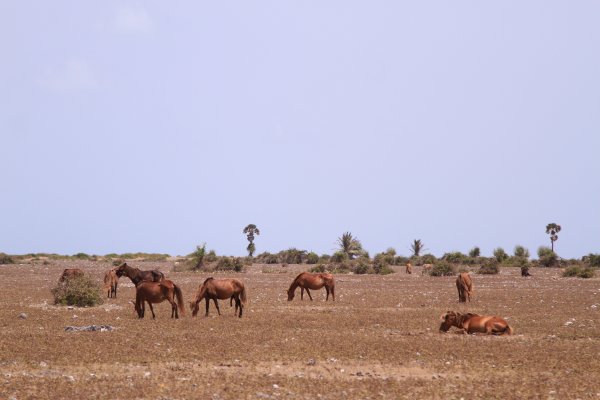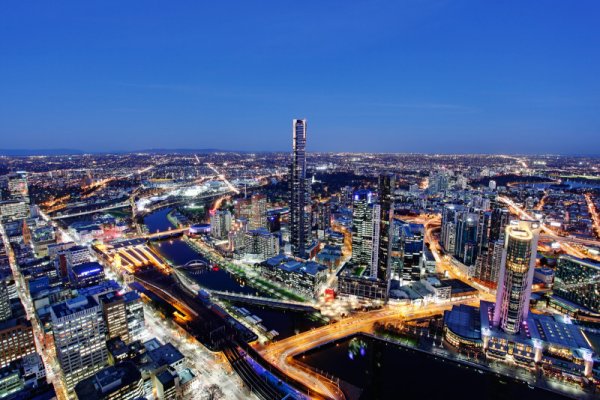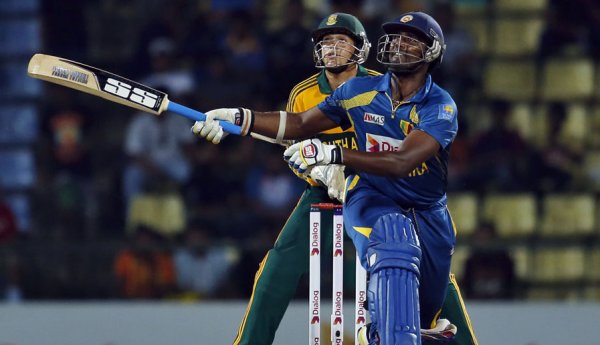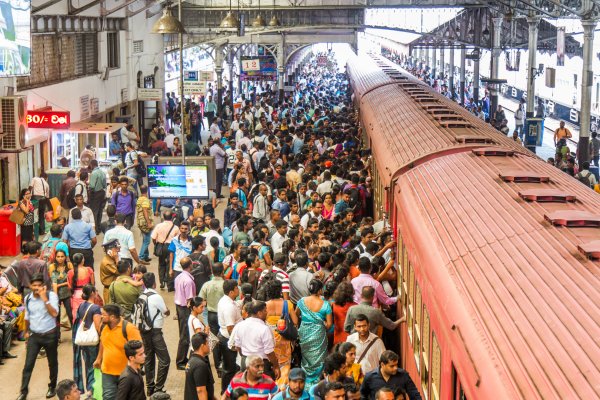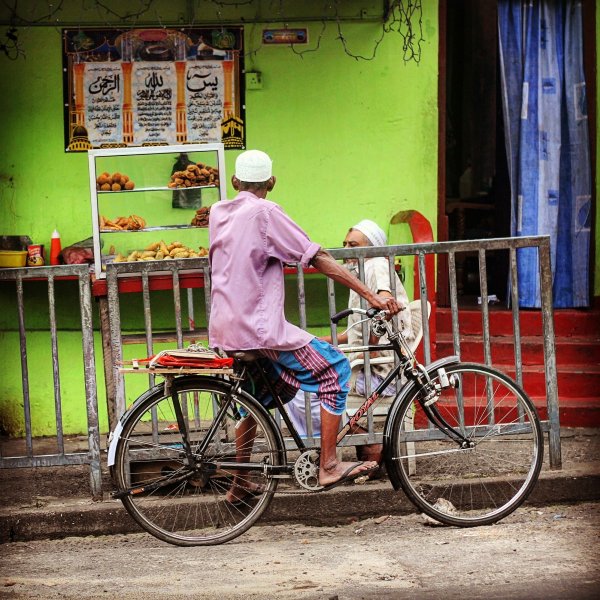
Mannar Island, off the north western edge of Sri Lanka, is peppered with placid lagoons and the open ocean. While the island is separated from Sri Lanka-proper by a mere 150 meter wide causeway, the 50 square kilometers of Mannar Island has a distinctly different feel: dry, barren, and incredibly windy. The waters, however, are blessed with myriad marine life, and for centuries these resources have been the lifeblood of the local fishing communities. Recently, as a result of “environmental changes, unprecedented climatic variations and illegal fishing”, the livelihood of local fishermen is under increasing threat. Roar Media took a trip to this underreported region to talk to the fishermen in person.
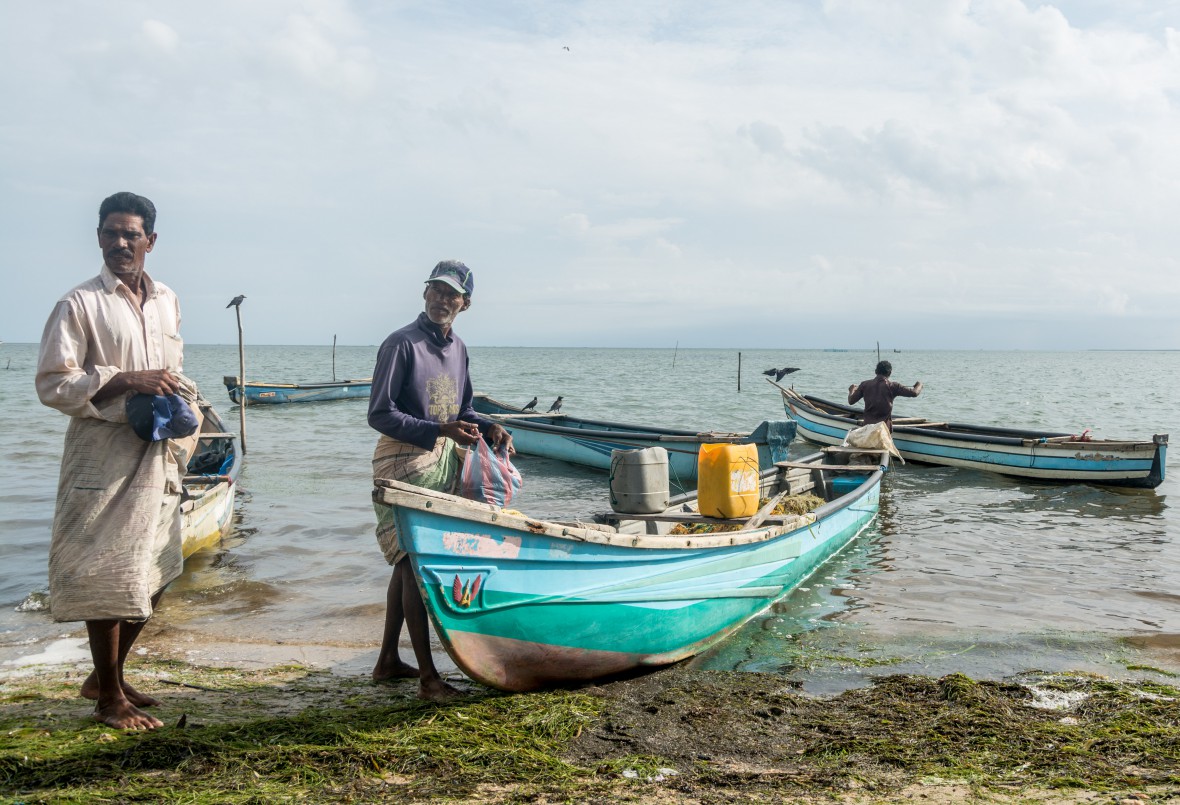
These three local fishermen on the south eastern tip of Mannar Island have been ploughing these waters for more than 30 years. One said, “Whatever happens, we’re happy and in a jolly mood. As long as we live, we work and live together, and eat and drink good food”.
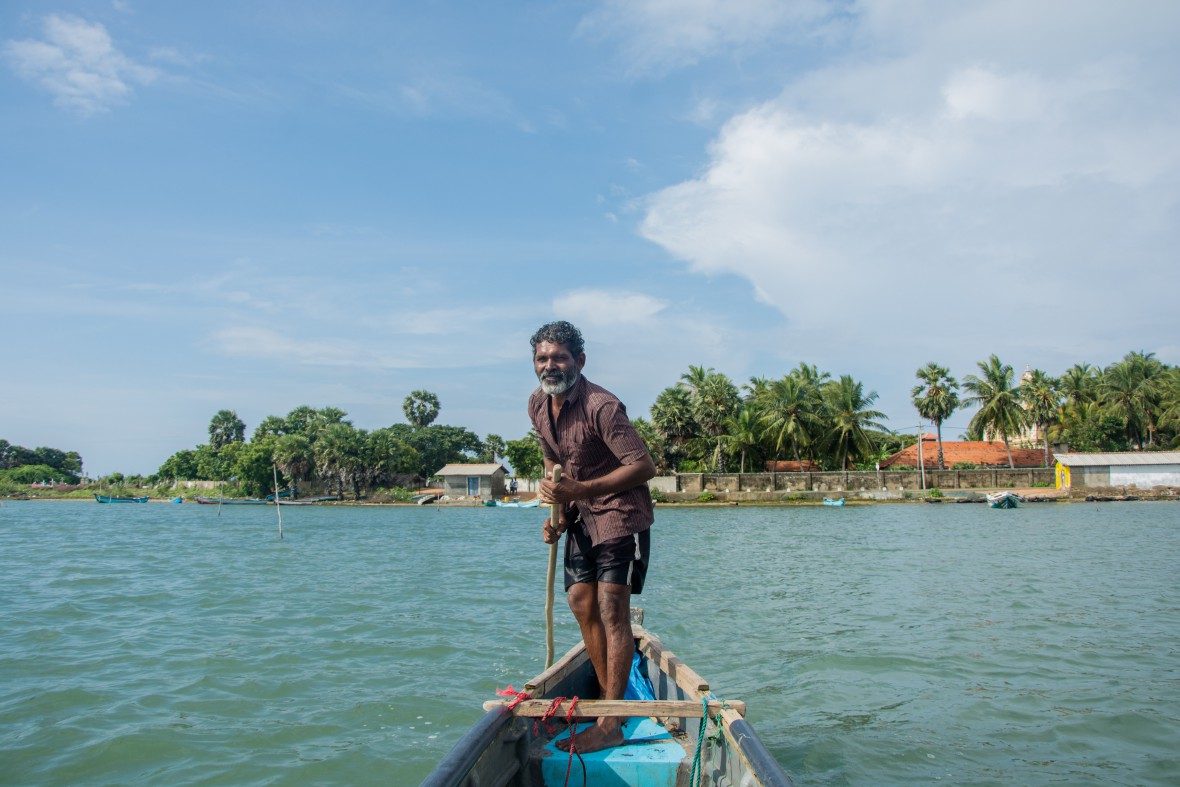
Raju is 51 years old and has been fishing for over 30 years. He said, “Back in the day we could return to the same spots every season for a fresh catch. But since the tsunami, the ocean has changed. Now, the schools of fish keep migrating and we have to keep searching…”

Ranjan and his two boys are from Point Pedro Harbour, Jaffna. They leave their family behind every year to fish in Mannar during the Monsoon season in Jaffna (Nov-Jan), where the waves are too dangerous. They fish for velai meen (longface emperor bream) and thoondil (needlefish). Ranjan said “The life of a fisherman is very hard, we have to leave our wife and kids behind and hang around in these waters and rain to earn a living. Otherwise we won’t have rice. Our families need Rs 100,000 for three months food. If we stay in Jaffna we’ll end up in debt, so we come here to earn”.
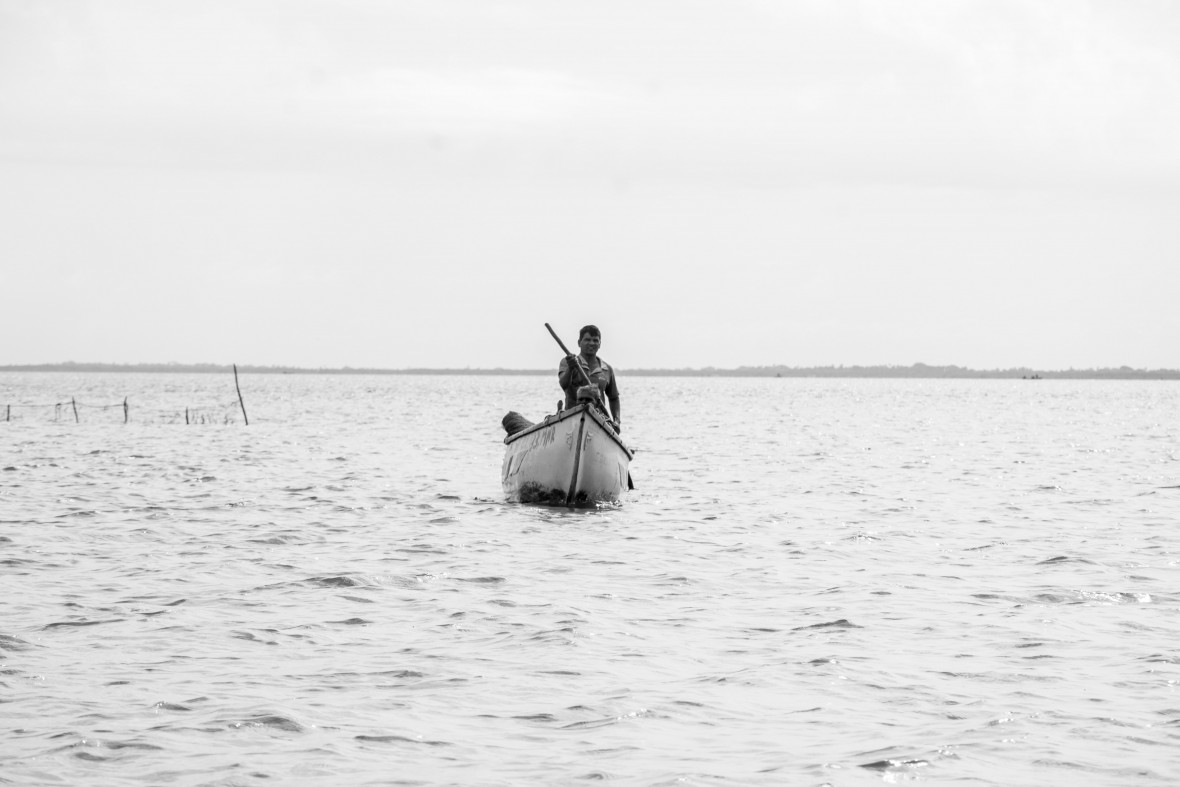
The Jaffna trio also said that “three quarters of their business is cut off by Indian fishermen illegally fishing in Sri Lankan waters… Most fishermen in Jaffna are affected by it… They use rollers [i.e. bottom trawlers] that take up our nets. The Indian fisherman can live at sea for 15-20 days and clean up. Whatever is there they wipe away… When our nets get damaged it costs Rs 20,000 to repair”.

Emanuelle is 56, and is originally from Chilaw, but migrated to Mannar in 2001. He was living on the beach when the tsunami came. He heard a warning on the radio and dashed a few miles into the jungle, hiding there for several days.
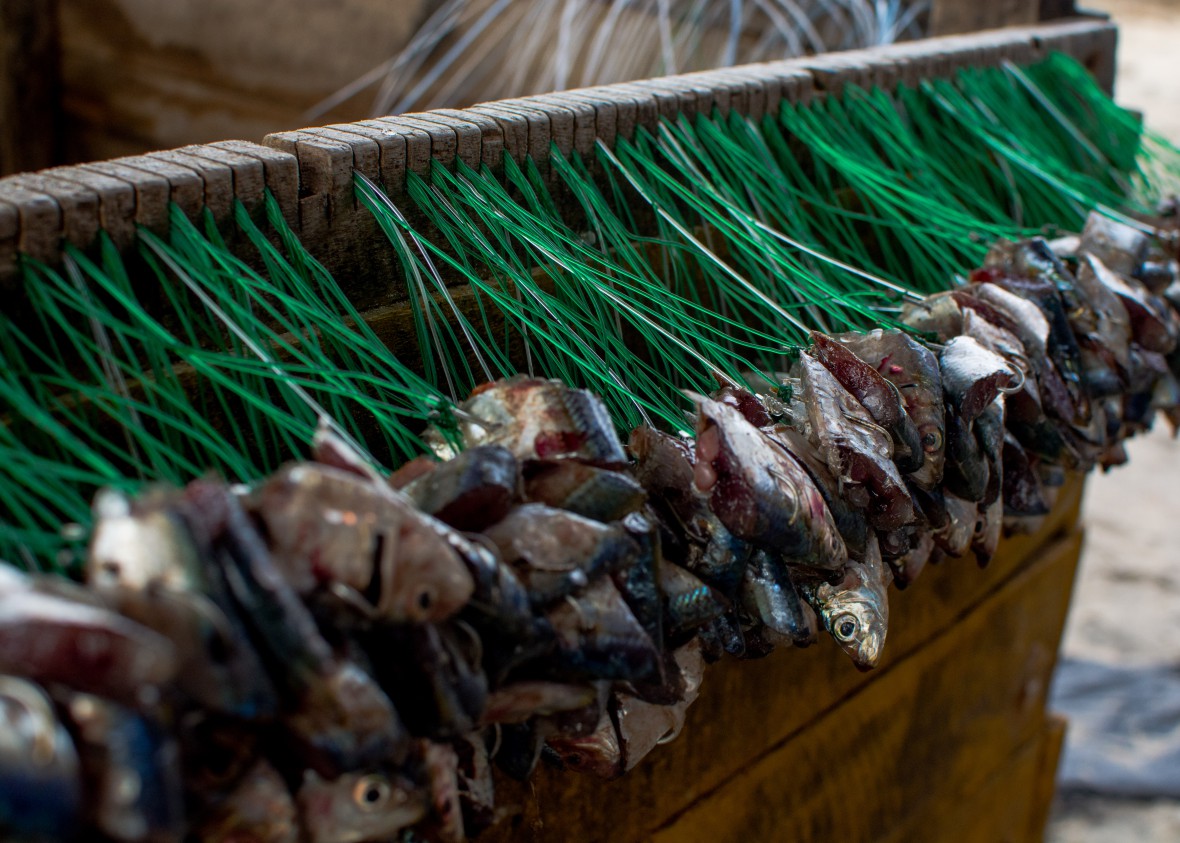
Lines of minnow heads prepared as bait at South Port beach, ready for the midnight Paraw hunt.

Jayantha (left) and Thomas (right) come from Negombo and Chilaw respectively, and spend six months a year (from November until April) working their way up the northern coast of Sri Lanka as far as Mullaitivu. Jaytantha said, “We’ve been doing this stretch for years. We know a good guy who brokers our catch and we are in constant business. He takes pretty good care of us”.
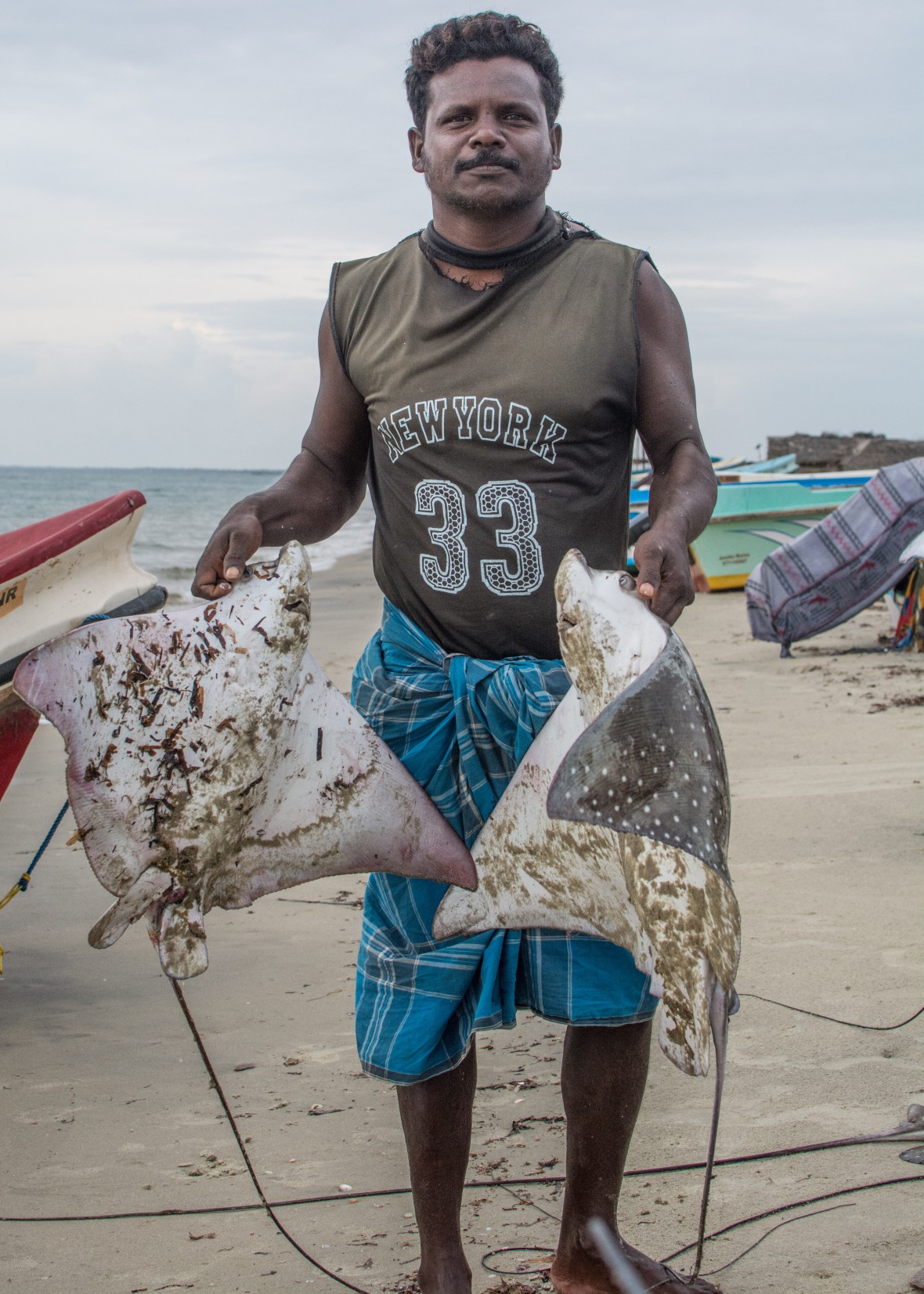
Arul and his crew of five carry their wares onto the beach. Arul said, “this size is normal. On a good day we catch rays of 150-200 kgs. And the biggest we ever caught weighed 250kg!”

Stingrays piled up on the beach. Arul said, “They sell for Rs 200 a kilo… This is our livelihood and this is our life”.
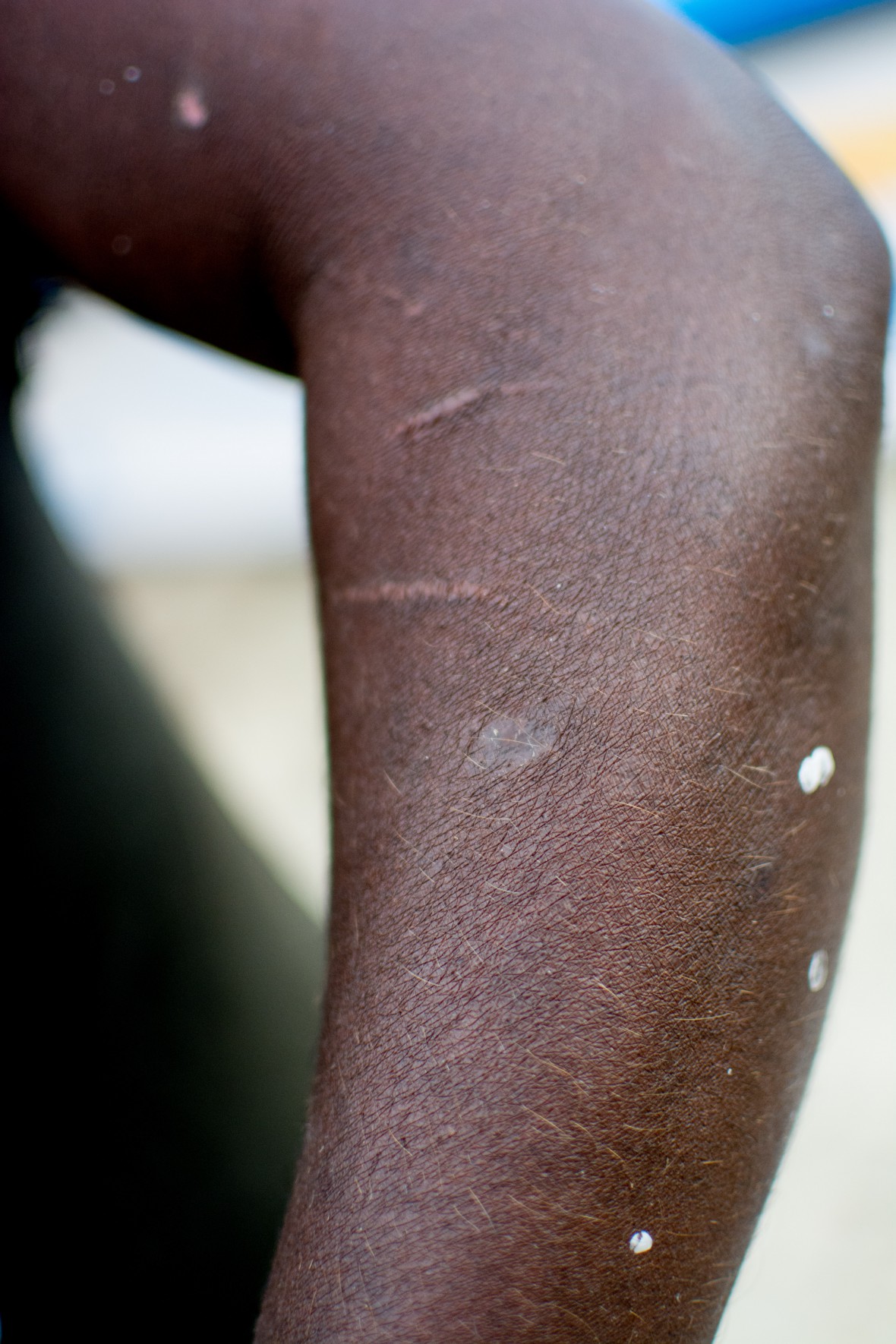
Showing his war-wounds, this fisherman described how when they catch a stingray the creature forcibly strikes out with its tail. The barb is like a serrated knife and once it pierces the skin it cannot pulled out. Instead, the barb has to be pulled through the wound, lacerating the entire limb. He said one of his fishing buddies had recently died from an stingray attack.
With text contributions by Craig Ryder.
